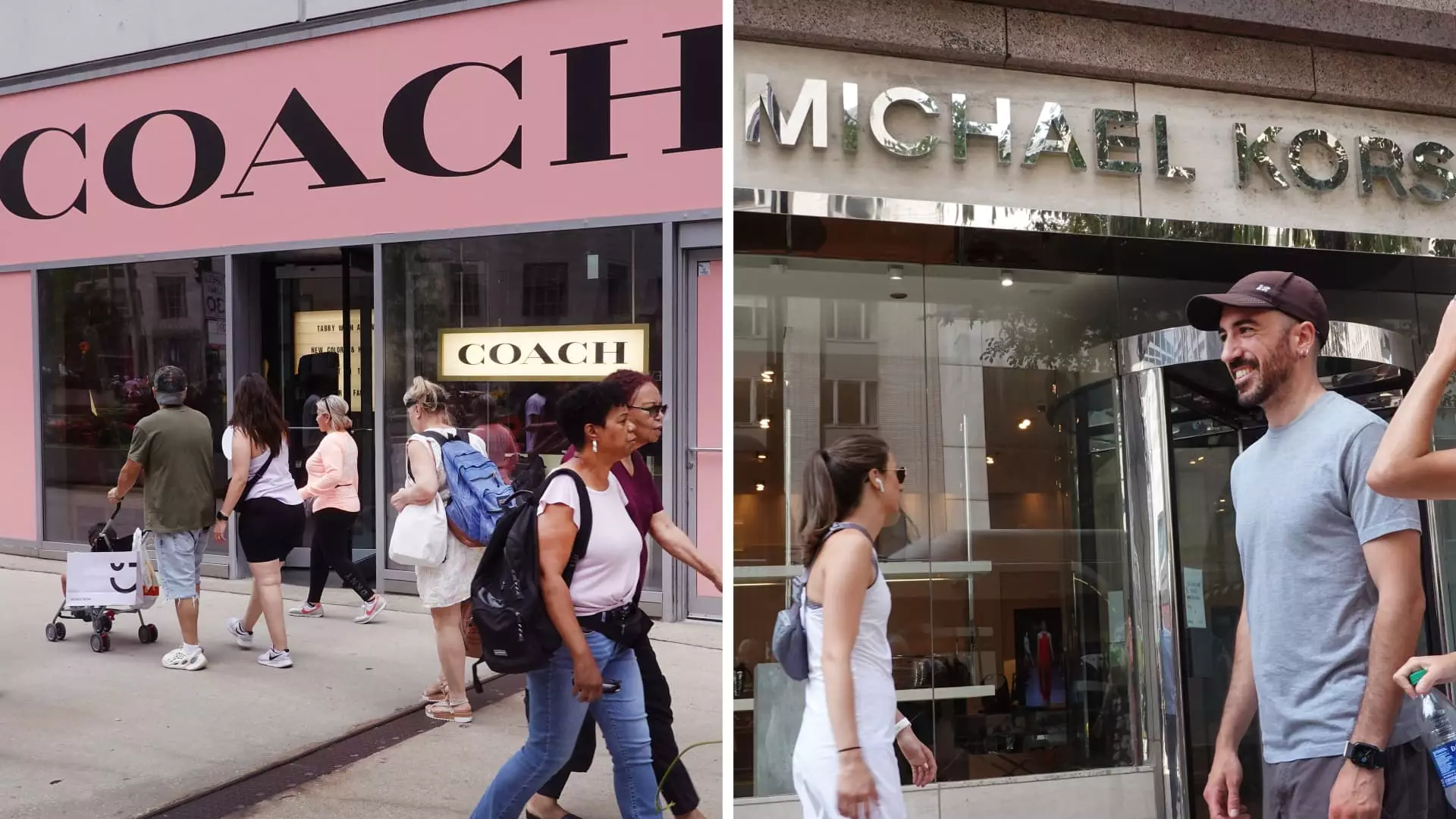The U.S. Federal Trade Commission made a bold move on Monday by filing a lawsuit to block the $8.5 billion acquisition of Capri Holdings by Tapestry, the parent company of Coach and Kate Spade. This acquisition would bring together six major fashion brands, including Coach, Kate Spade, Stuart Weitzman, Versace, Jimmy Choo, and Michael Kors. The goal behind this merger was to enhance the competitive position of these luxury brands against European counterparts like Burberry and Louis Vuitton. However, according to the FTC, this deal would harm both consumers and employees as it would reduce competition in the market, potentially leading to higher prices and adverse working conditions.
Tapestry, on the other hand, argues that the FTC’s concerns are unfounded as consumers today shop across various brands, channels, and price points. The company believes that there is ample competition in the luxury handbag market, with hundreds of choices available to consumers. Tapestry and Capri are planning to challenge the FTC’s decision in court, emphasizing that the luxury industry is dynamic and expanding, with a global market value of $200 billion. Despite facing opposition from the FTC, Tapestry remains determined to close the acquisition with Capri by the end of 2024, stating that the benefits of the merger outweigh the alleged drawbacks highlighted by regulators.
When Tapestry first announced its intention to acquire Capri in August, the company highlighted the potential synergies between the two entities which would enable them to expand their customer base globally. By joining forces, Tapestry and Capri would have a combined annual revenue of over $12 billion and a presence in more than 75 countries. Tapestry has been proactive in elevating its brand, Coach, by attracting a younger clientele and focusing on fashion and loyalty rather than markdowns to boost sales. Unlike Capri, which relies heavily on department stores and wholesale retailers, Tapestry has established a strong direct-to-consumer presence, with online and brick-and-mortar sales accounting for the majority of its revenue.
Despite the positive outlook presented by Tapestry, both companies have been facing challenges as consumer spending patterns evolve. While Tapestry’s stock has seen a 10% increase this year, Capri Holdings has experienced a decline of 24% over the same period. The acquisition with Capri was viewed as a strategic move to strengthen Tapestry’s position in the luxury retail sector and capture a larger market share. However, with the FTC’s intervention, the future of this deal remains uncertain, and both companies will need to reassess their strategies moving forward.
The clash between Tapestry and Capri Holdings, as well as the regulatory hurdles put forth by the FTC, underscore the complexities of the luxury retail industry. As these companies navigate the competitive landscape and strive to meet the evolving demands of consumers, the outcome of this acquisition will shape the future of luxury fashion in the United States and beyond.

